The final part of my trip along the southern coast of São Paulo took place in the municipality of Ilha Comprida. Actually, not in the town itself, but within the territory of the municipality. We camped at the southernmost tip of Ilha Comprida, in an area known as Boqueirão Sul.
We camped in the Restinga, an environmental protection area, incredibly remote—a rarity, a gem of a place in São Paulo state. It was a delightful yet unusual experience to stay somewhere like this, completely off-grid with no electricity or camping infrastructure. Thankfully, we were well-prepared with the Motorhome trailer, which had everything we needed to make our stay more comfortable.
In the Restinga, the scenery was completely surreal. We were surrounded by forest, birds, silence, mangroves, and other animals—some we couldn’t see but could sense were there.
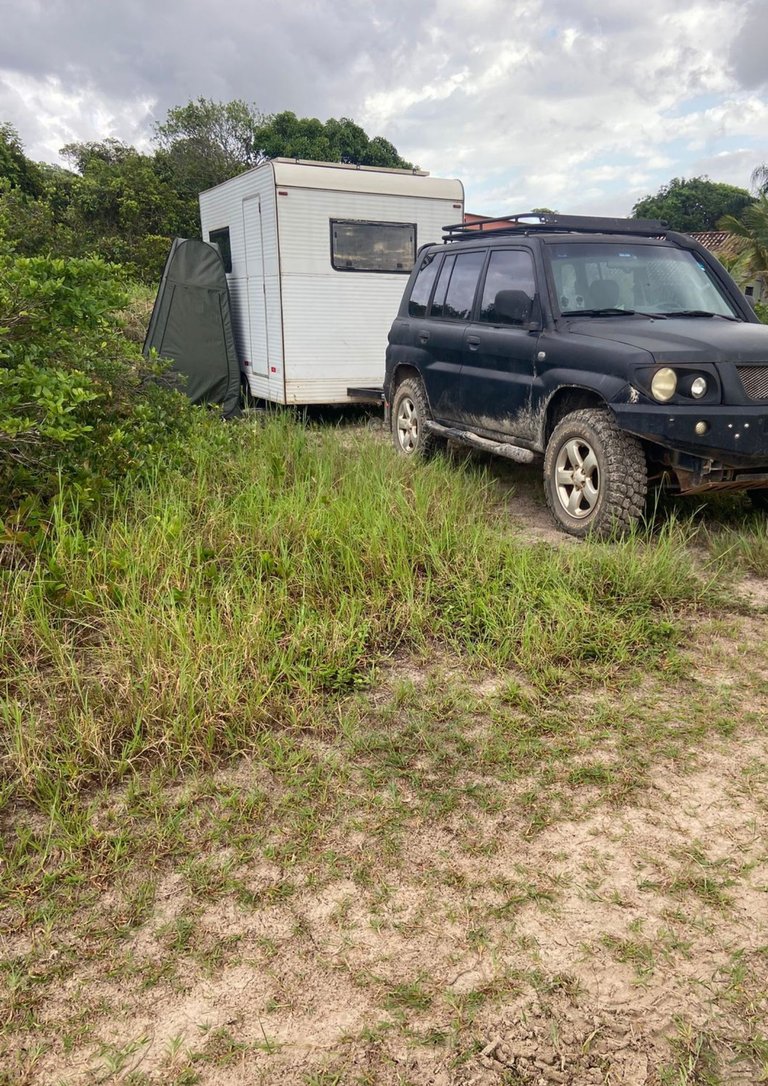
After setting up our camping area, we took the jeep to explore the surroundings. Since the area is very sparsely populated—actually, extremely sparsely populated—we quickly realized there were almost no roads or streets. Vehicle access is limited to a few sandy paths, as the region is a protected environmental area where paving is prohibited. Urbanization, fortunately, has been slow to arrive here. In some parts where there are no roads, vehicles are allowed to drive directly on the beach, right on the sand. That was absolutely surreal. It was unlike anything I had ever experienced before, especially because in Brazil, on the vast majority of beaches, driving on the sand is strictly prohibited. Here, it was allowed due to the lack of alternative routes.
In the late afternoon, we set out to explore and embrace this unique experience, but we got caught in a storm along the way. We had to stop and wait because visibility became almost nonexistent. One of the most surreal aspects of driving on the beach is that throughout Ilha Comprida’s 70 kilometers of coastline, a few rivers flow into the sea—if I’m not mistaken, there are four. During high tide, these rivers swell, and places you crossed with your car just hours before become impassable. You have to stop, observe the tide, and stay calm to avoid damaging your vehicle.
In the short time we spent there, we saw several people taking risks with their cars and, unfortunately, losing them to the rising waters of the sea and rivers.
Now, as I was writing this text, I realized I didn’t take many photos of that moment—just videos of the experience. But here’s a snapshot of the storm heading our way.
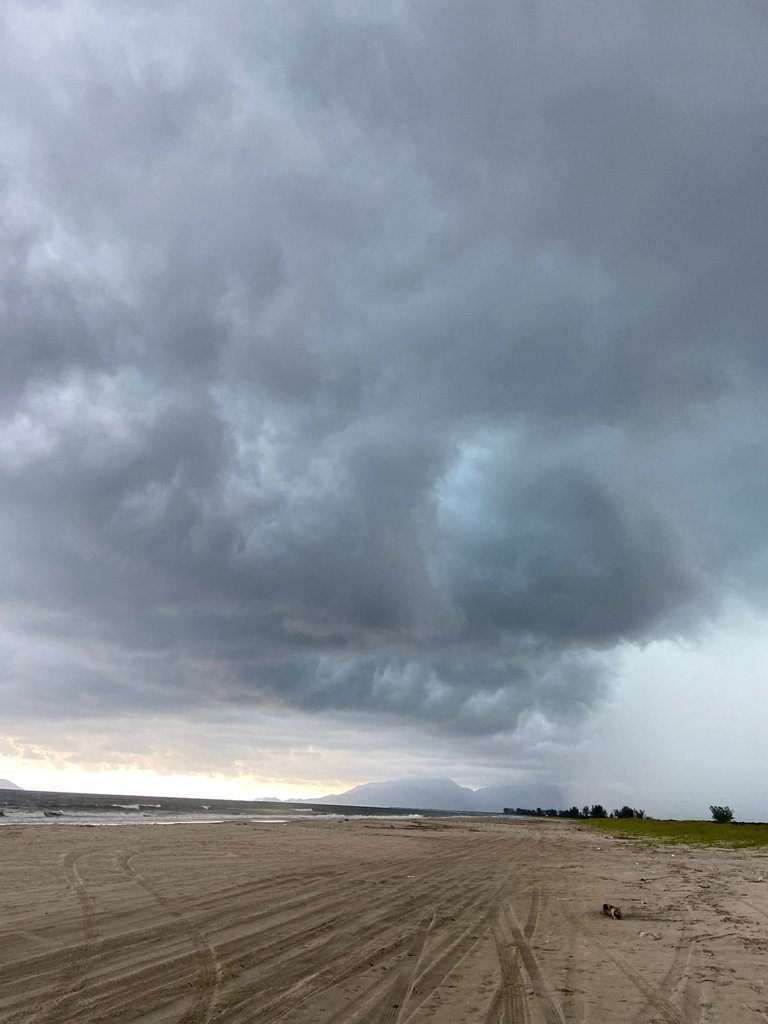
The next morning, after waking up early, we walked all the way to the beach. The beach there is called Praia da Trencheira, and it stretches to the island's southern tip, Ponta da Trencheira, where the sea meets the river. This river is called Mar Pequeno, and it encircles the entire island of Cananeia before meeting Ilha Comprida at that point.
Beyond the empty, desert-like, and absolutely stunning landscapes—with restinga, mountains, and a dramatic cloudy sky—what struck me the most was the amount of trash in this environmental protection area. The ocean currents here seem to bring in far more waste than other beaches, possibly carrying garbage from distant places I can’t even imagine how many kilometers away.
What truly left an impression on me was not only the sheer volume of trash but also the regular dumping of construction debris, furniture, and, believe it or not, I even came across a sofa abandoned in the restinga—likely left by locals. It’s possible they have no proper disposal options for junk, debris, and old items. The local government may be failing to collect these discarded materials, leaving residents with no alternative.
Coincidentally—or maybe not—in an area where so much trash accumulates, including countless plastic bottles and other remnants, I found two dead turtles on a very short stretch of sand, lying close to each other. I can’t say if that was just a coincidence, but it felt significant.
The area was also full of vultures, patiently waiting for their next meal to wash ashore.
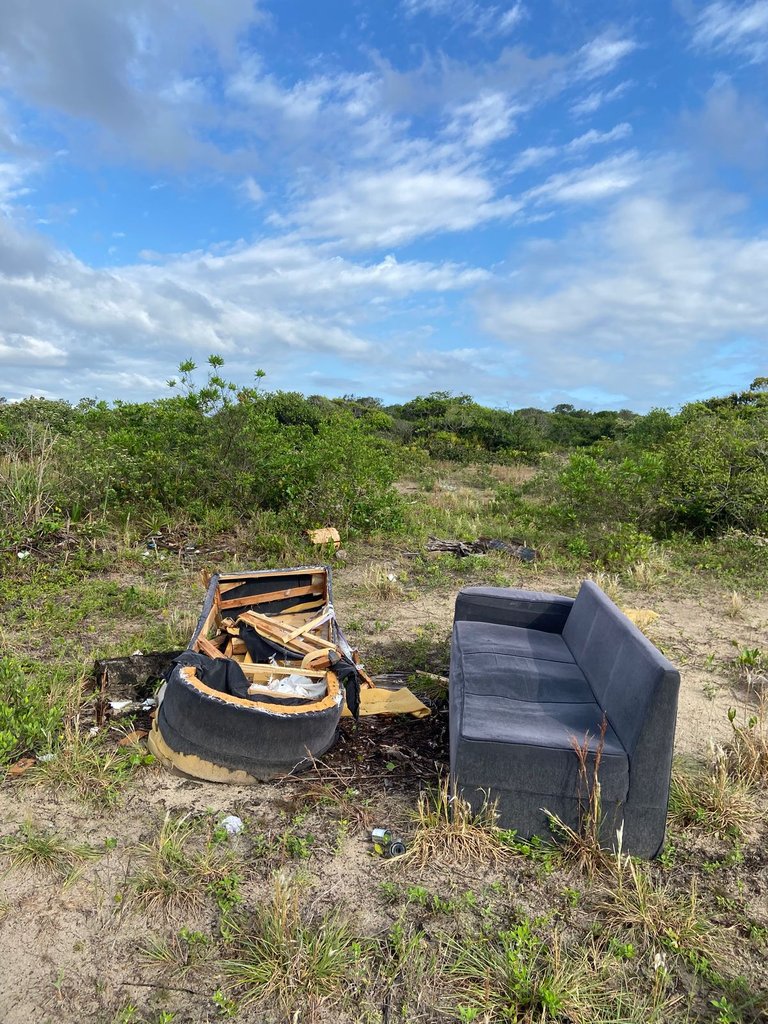
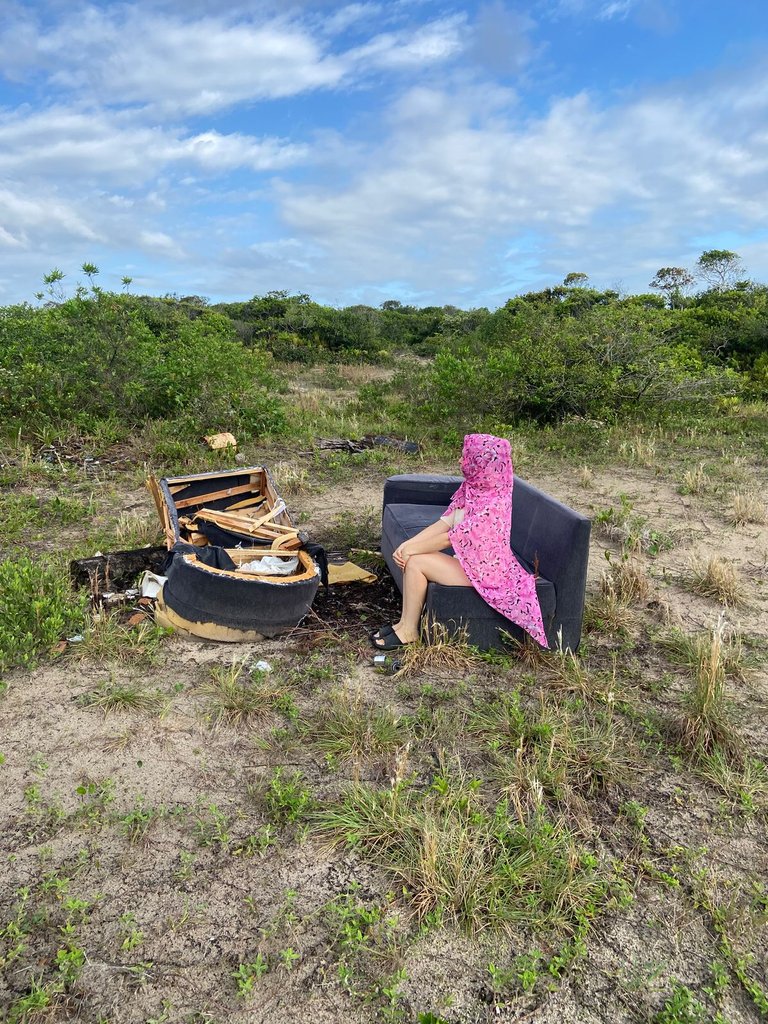
But the most striking part was witnessing the meeting of the river with the sea, framed by the mountain of Ilha do Cardoso in the background, making the landscape even more breathtaking.
Later that day, in the afternoon, we took the car again to explore other parts of the island. Our destination was the Juruvuava dunes and the district of Pedrinhas, a local riverside community completely isolated from the mainland and the center of Ilha Comprida. The experience was absolutely surreal—we drove countless kilometers along the sandy beach, crossing rivers, to reach these destinations.
The photo above perfectly captures one of the rivers we had to cross with the car. This was the scene on our way there. On the way back, with the tide high, we took the precaution of not attempting to cross.
Below are some scenes from Pedrinhas, a village nestled along the river, located several kilometers away from the sea.
And finally, to end this adventurous day, we made a stop at the Juruvaúva dunes, located on Praia do Juruvaúva. I must confess, I wasn’t expecting much from dunes on a beach in São Paulo. That’s because in Brazil, dunes are very common in the Northeast, and they are absolutely stunning. So, here in the southeast, in the state of São Paulo, I wasn’t expecting much, but I was extremely positively surprised by the beauty of these dunes, the soft, white sand, and the delightful feeling of reconnecting with childhood for a few minutes while I was there.
Another really cool thing was that while exploring the dunes, I was led to a hole, and inside that hole was a new sand mountain descending, which led me to a trail. It felt like being in a story, in a book, in an adventure tale. Before I knew it, I was walking barefoot along the trail for several hundred meters, trying to figure out where it led. But I didn’t find the end, I gave up and turned back because it was getting dark, and we still had a river to cross on our way back to our campsite. However, when I looked at the map later, I realized that the trail didn’t really lead anywhere specific. It meandered for miles through the Restinga forest, and the final destination of that trail left me incredibly intrigued, with a strong desire to return and discover where it goes.
Since we had only a few days to explore this place, as our vacation was already coming to an end, the next day we took the ferry back to Cananeia and hit the road heading home. But we left with a strong, strong, strong desire to return and spend more time there.
I hope you enjoyed this adventure. I’m already looking forward to the next ones.
See you soon!
[//]:# ([//]:# (!worldmappin -25.03789 lat -47.88841 long d3scr))
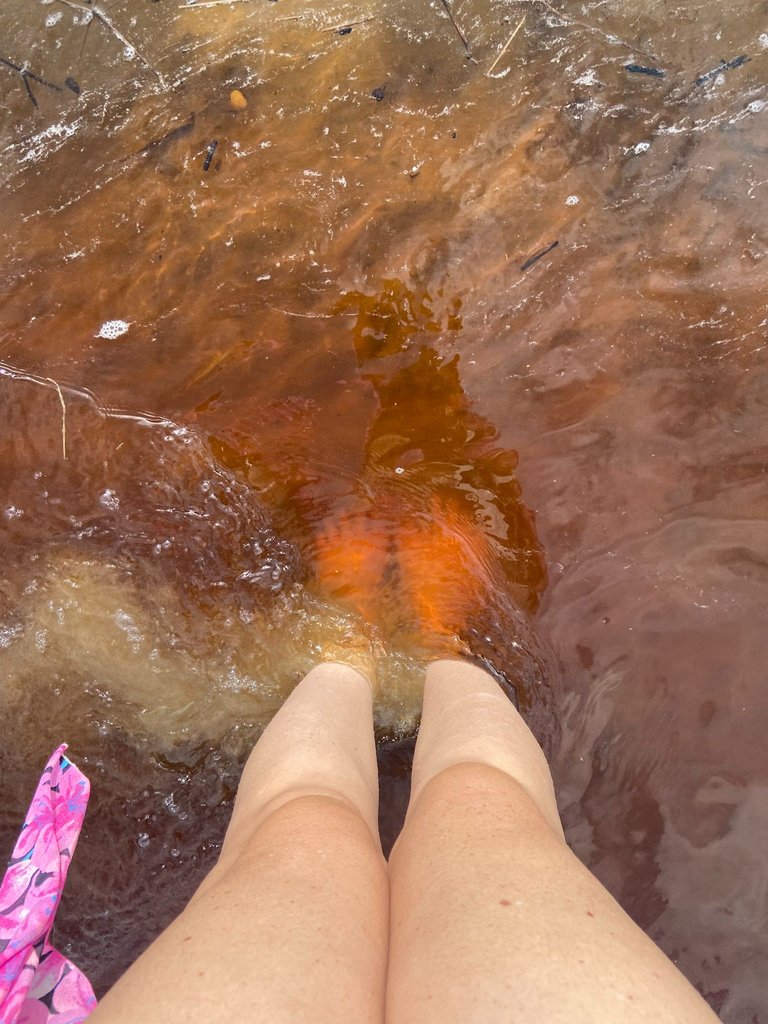
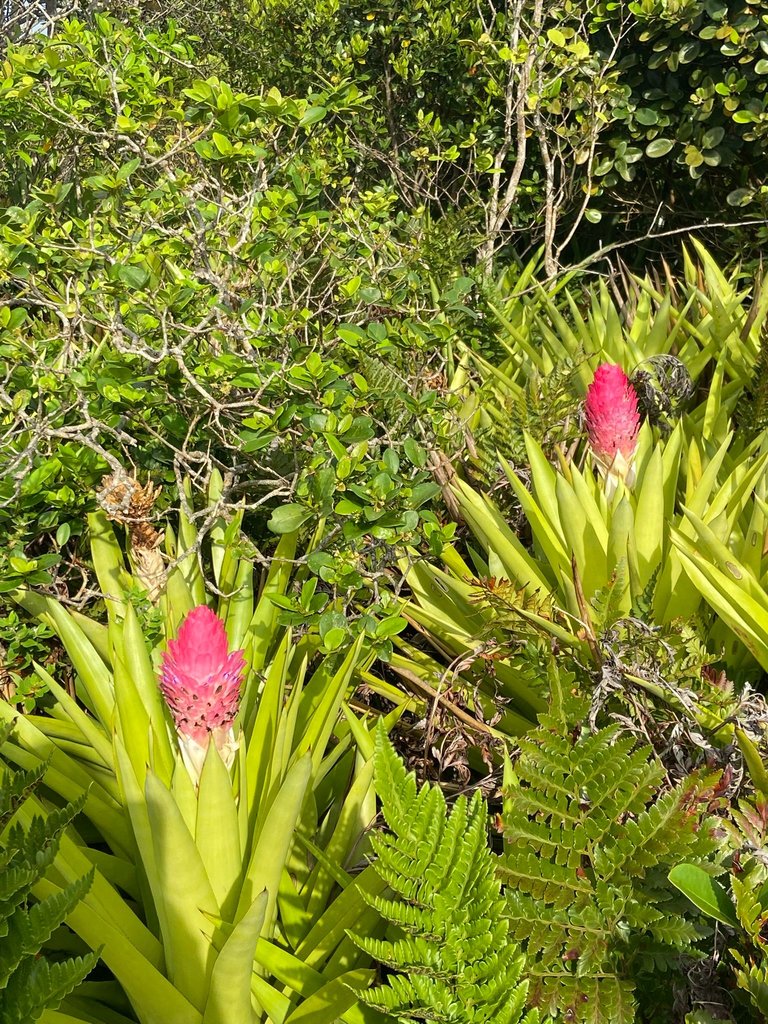
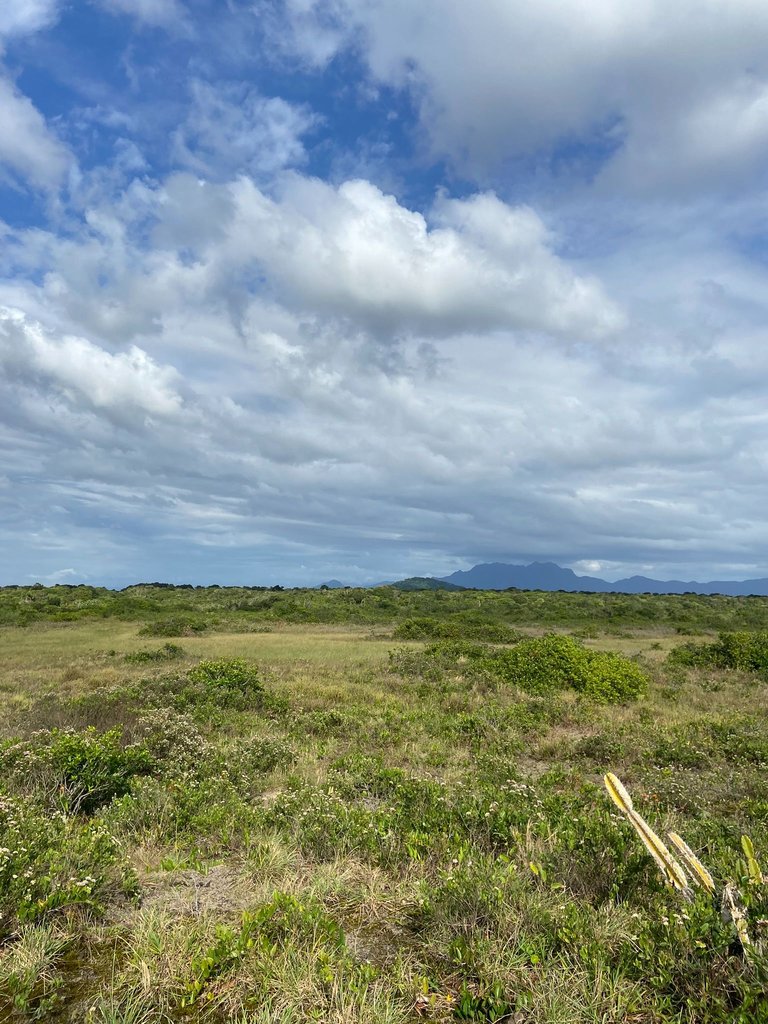
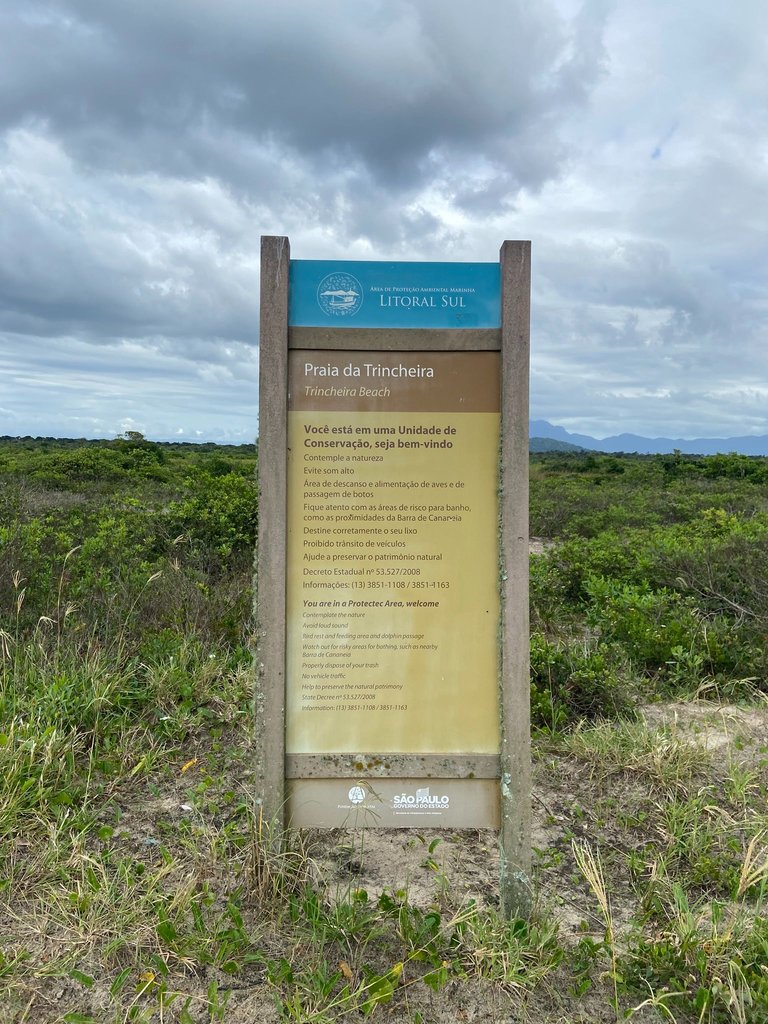
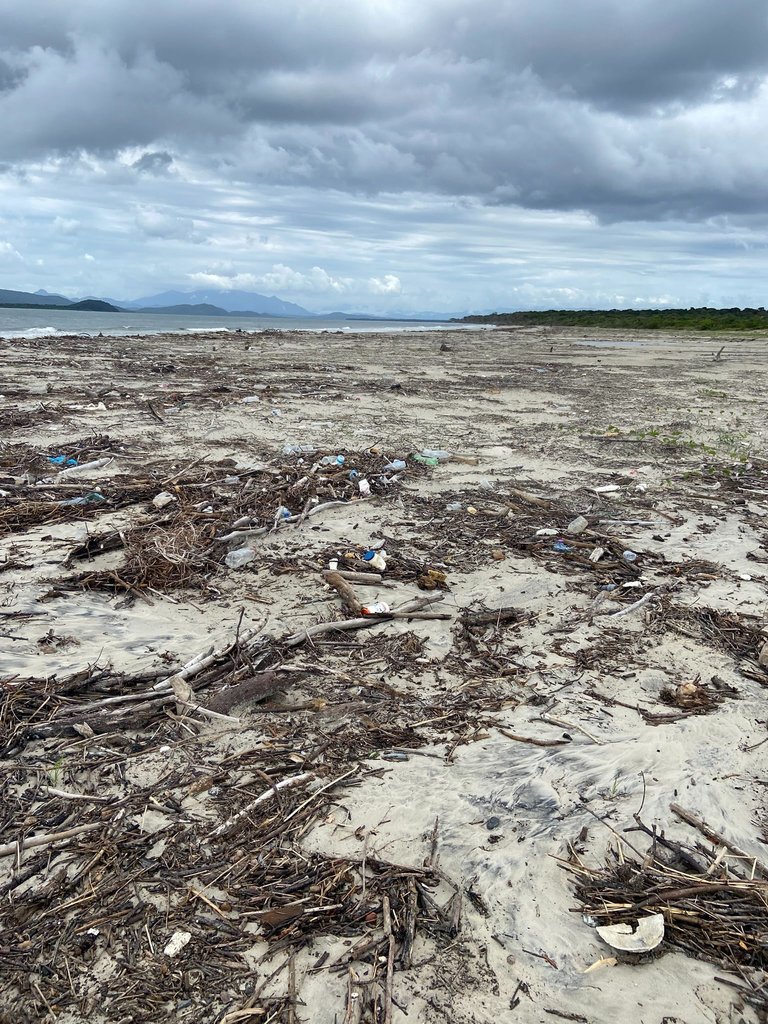
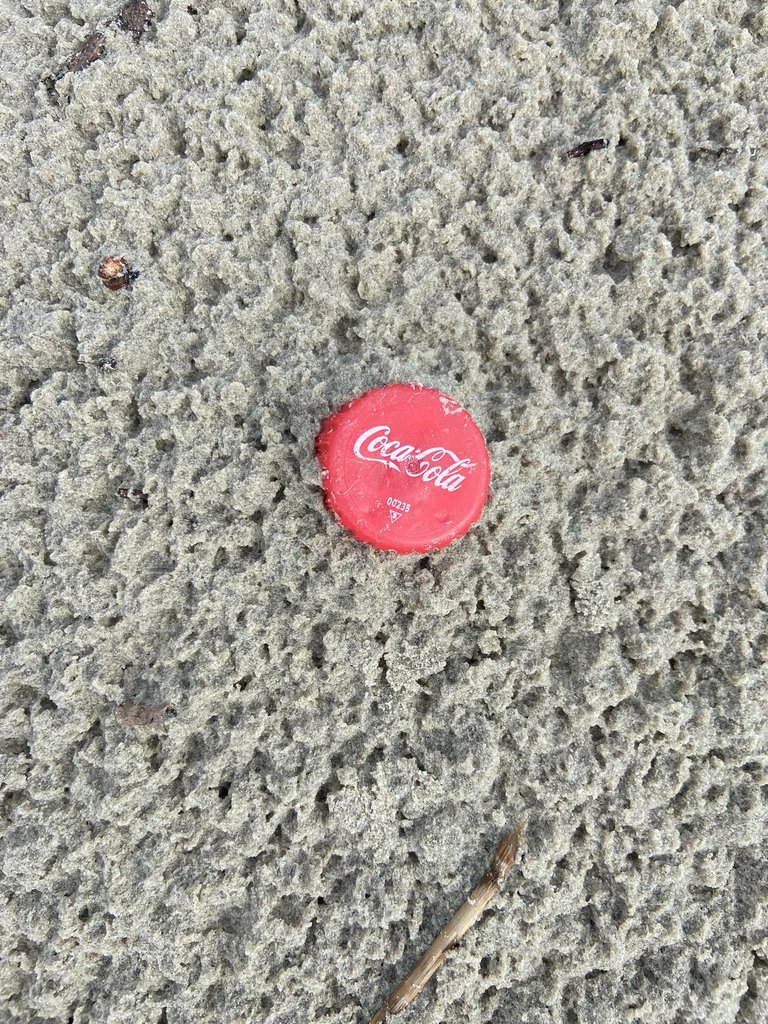
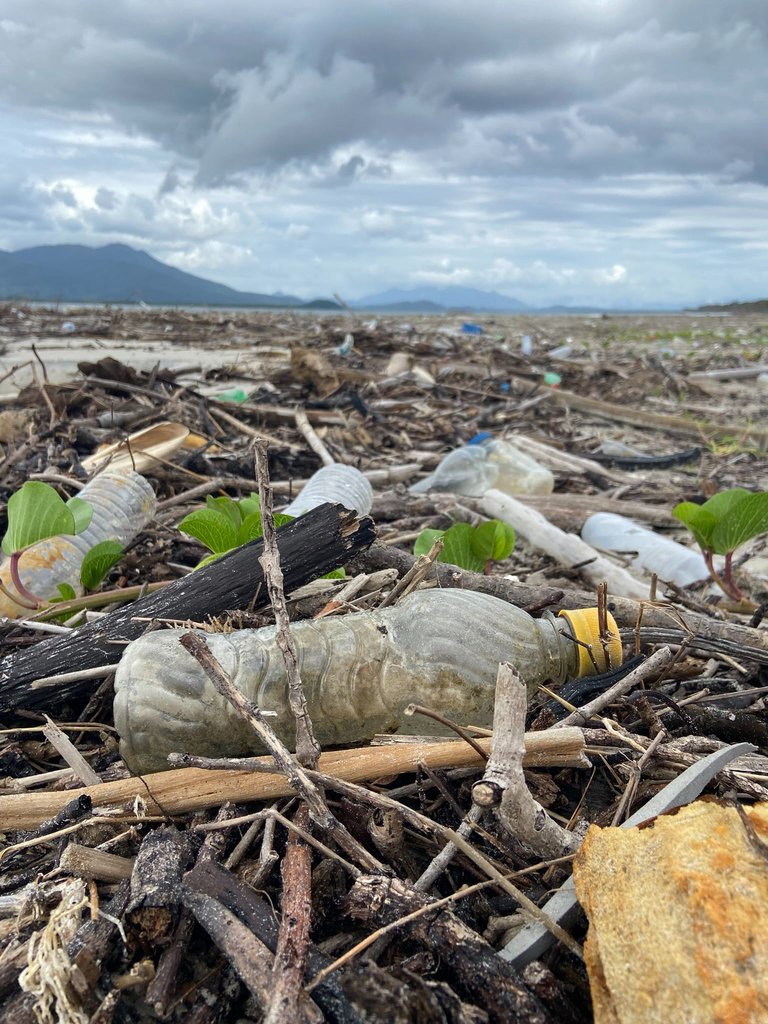
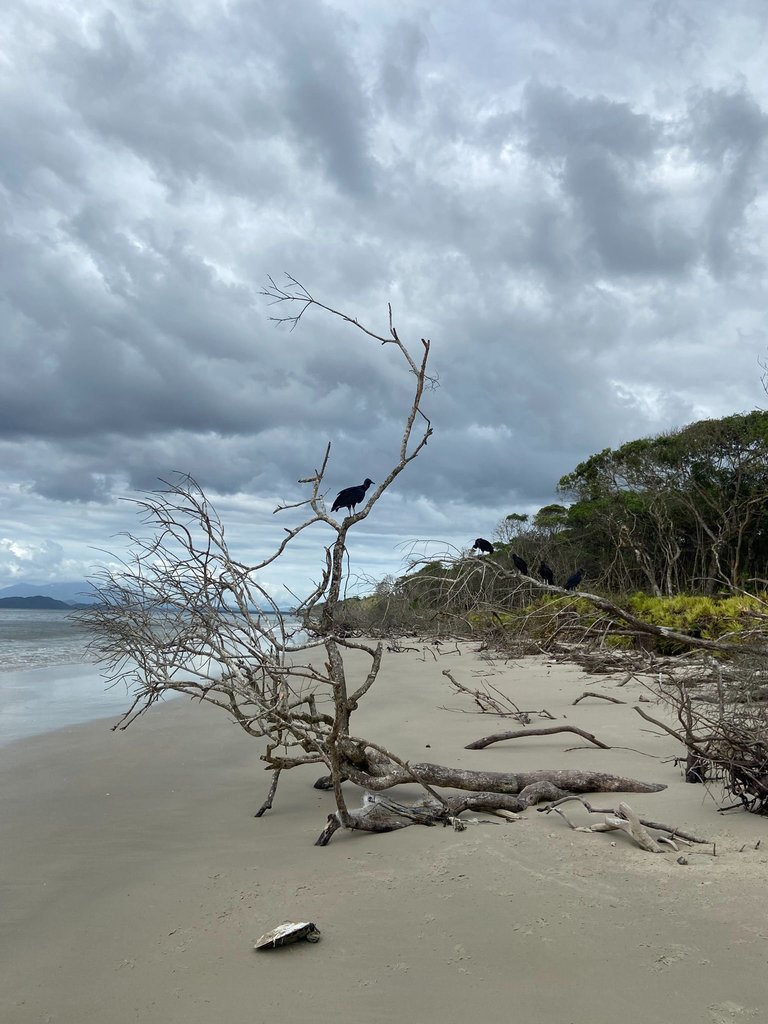
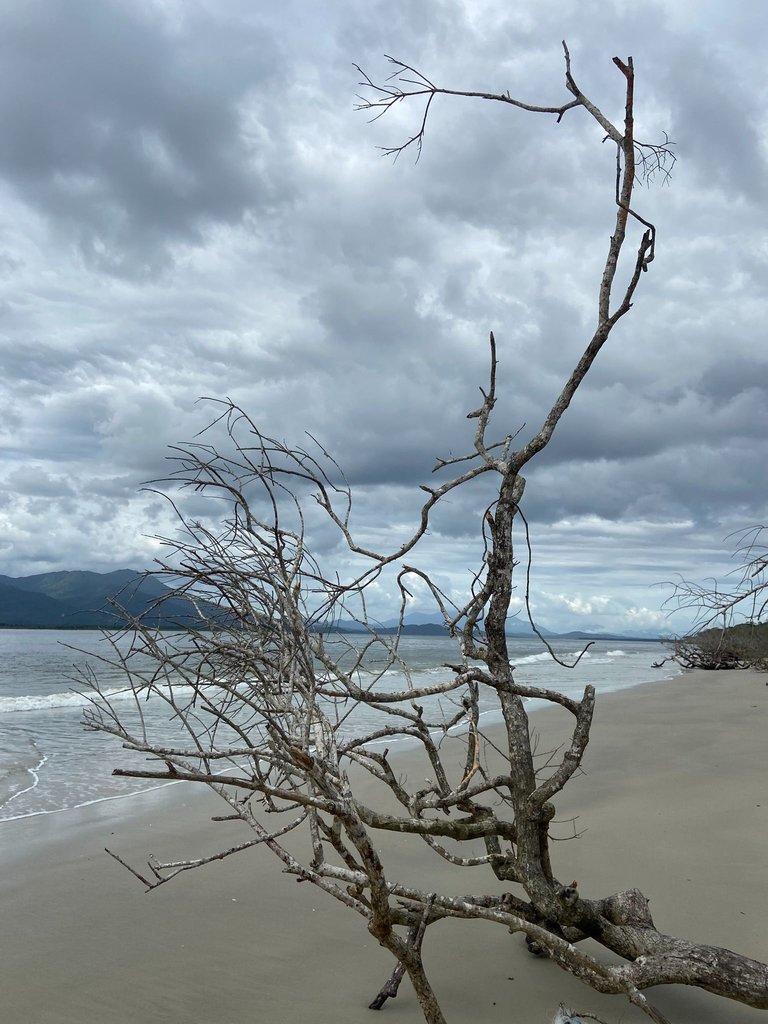
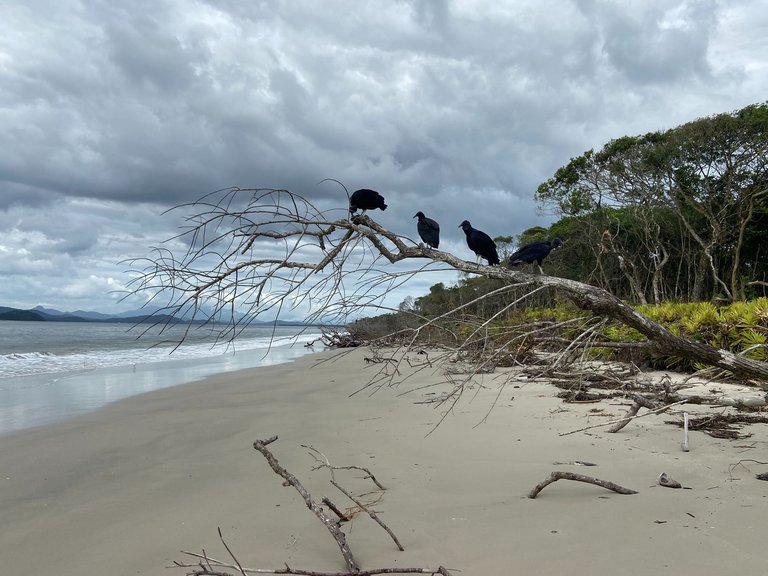
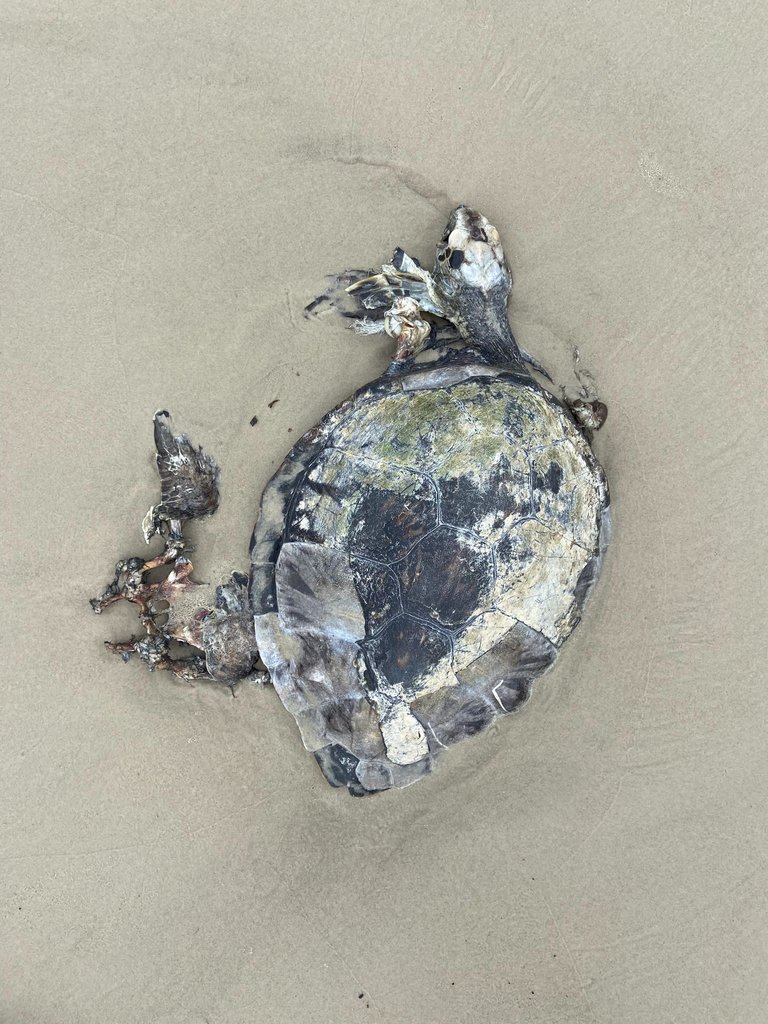
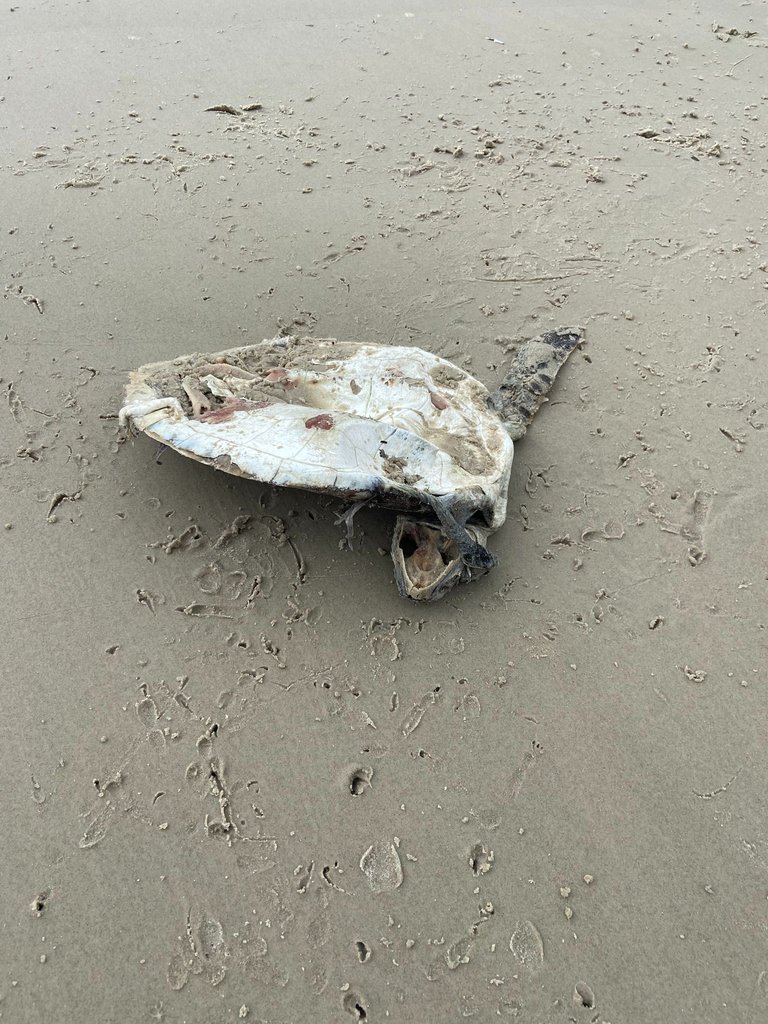
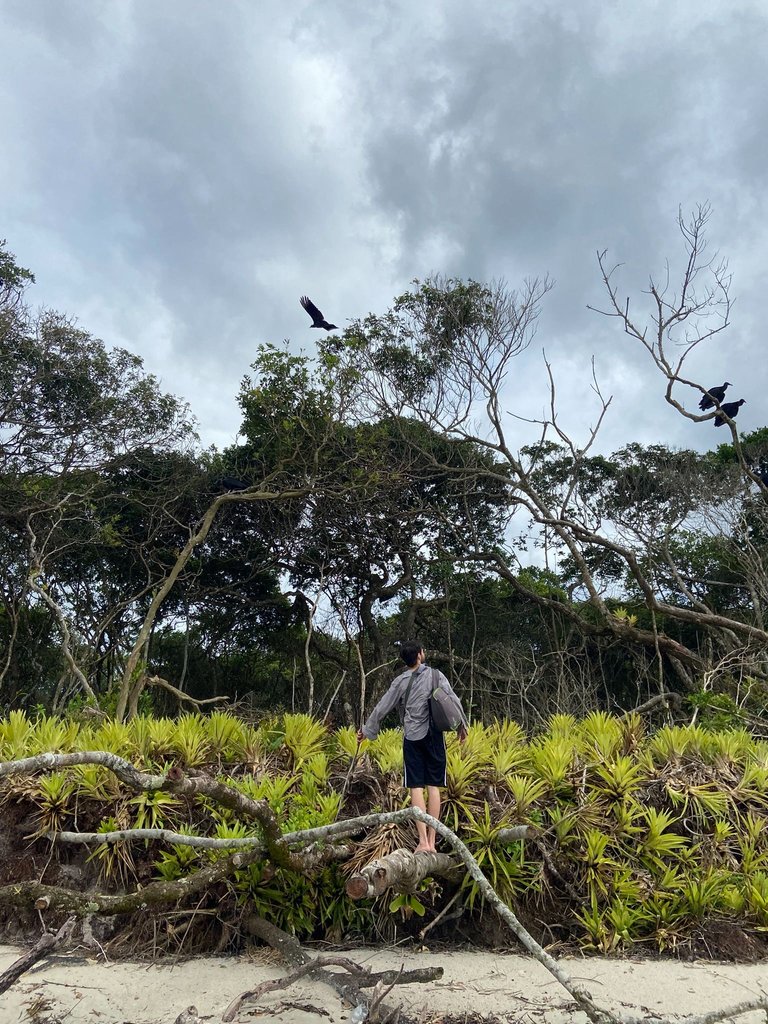
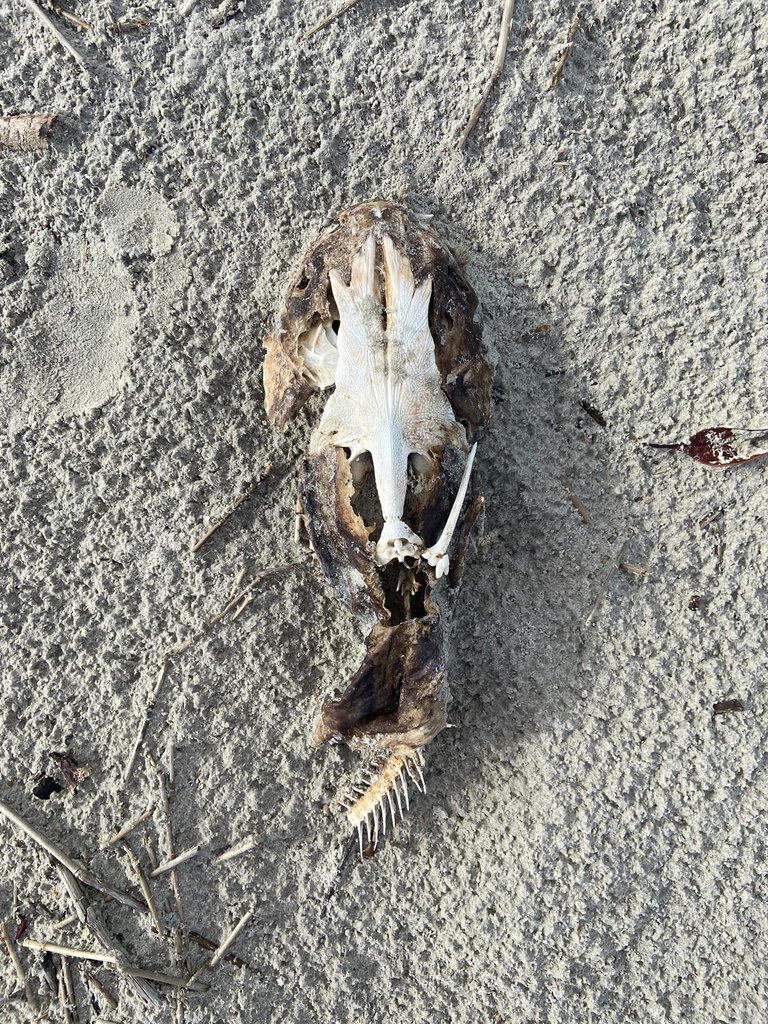
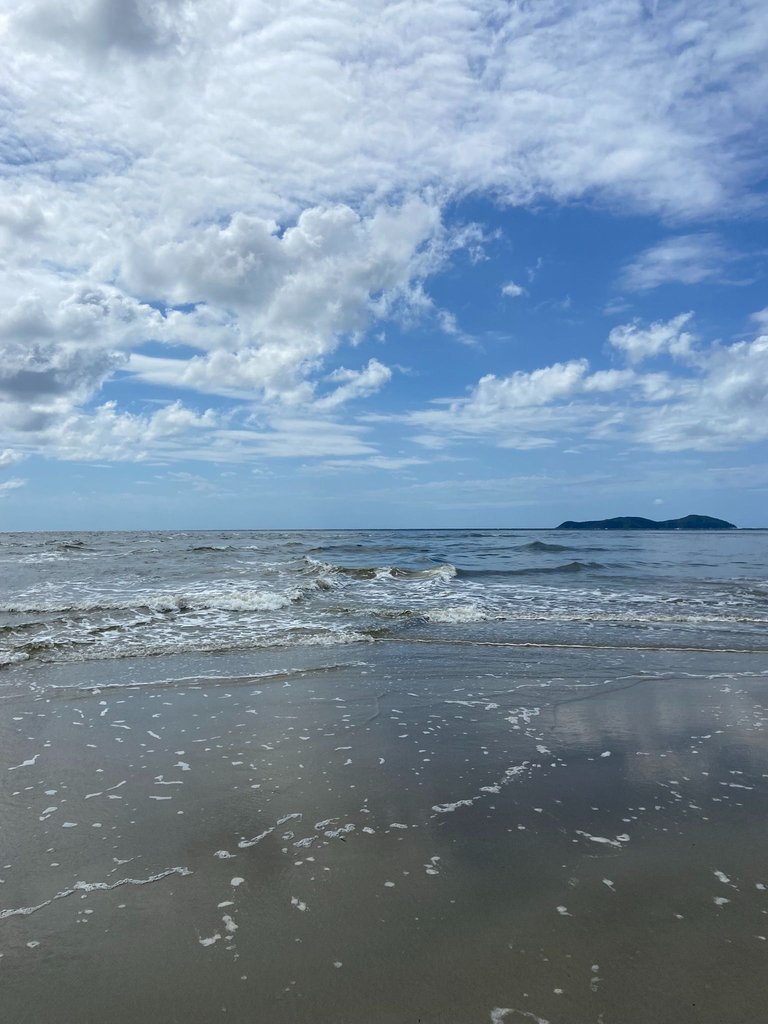
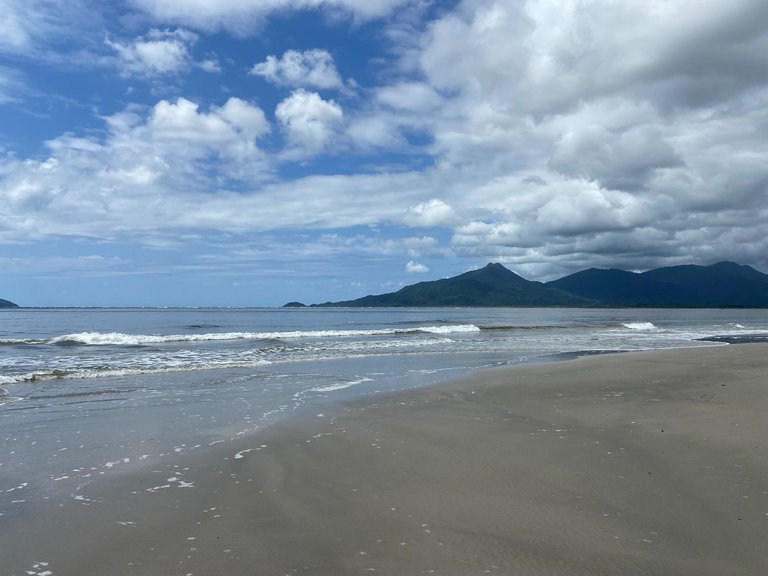
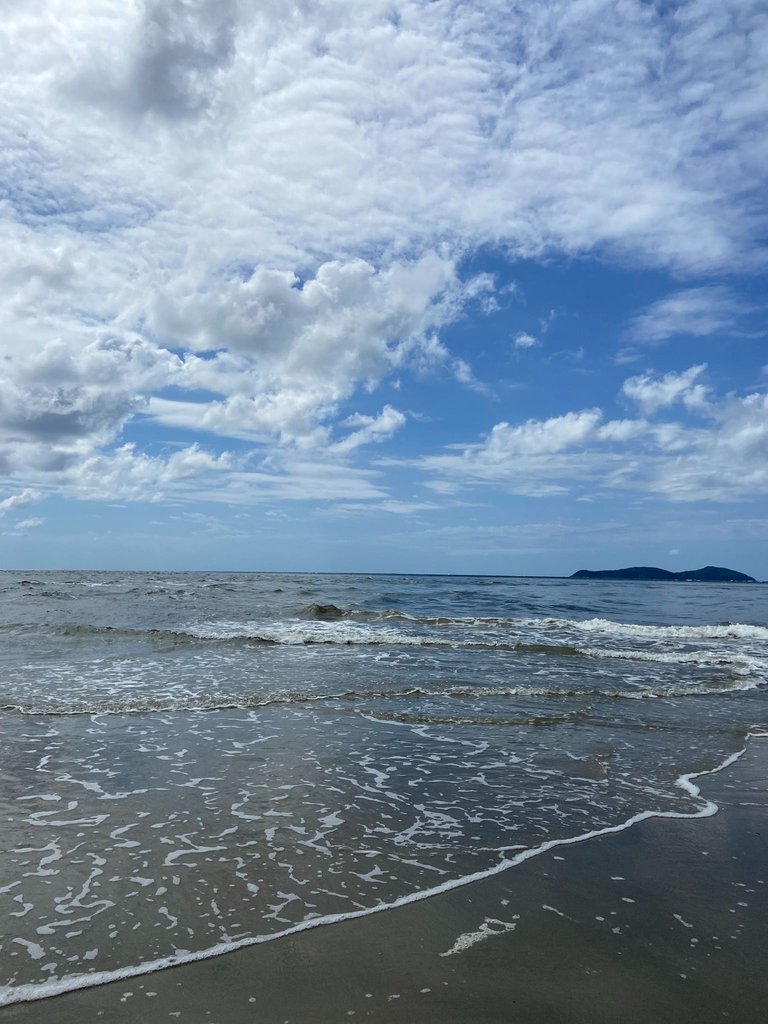
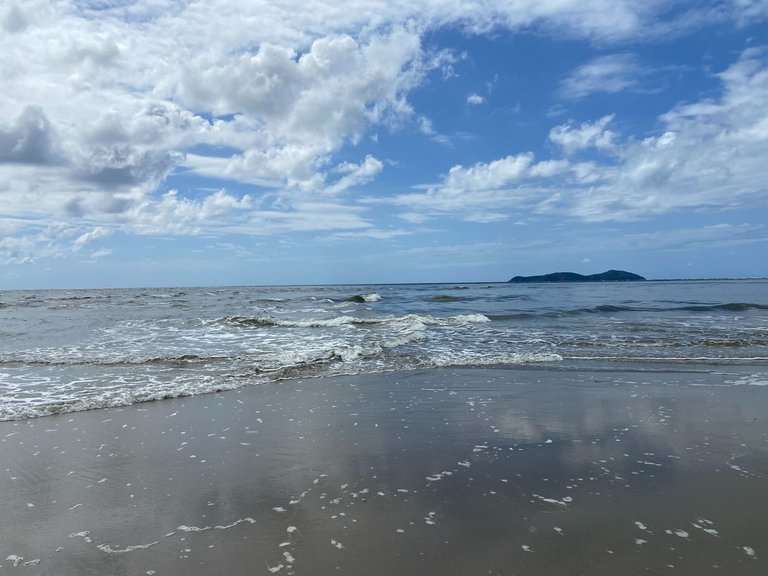
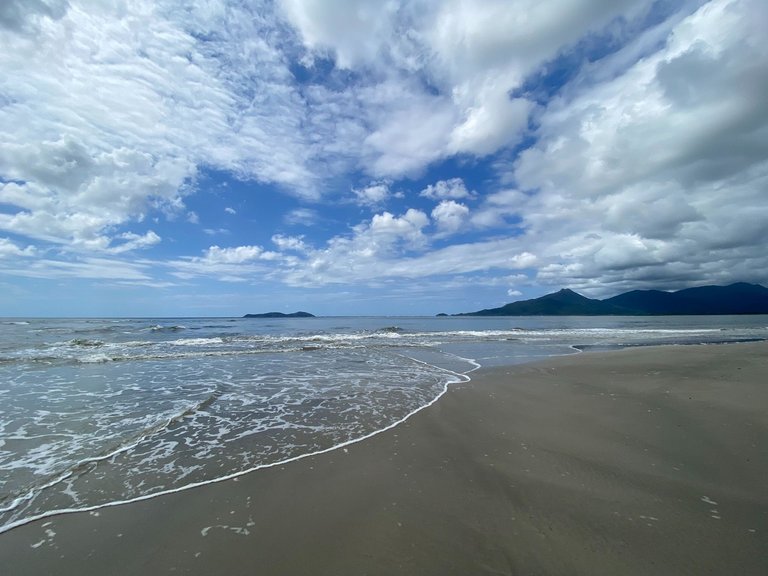
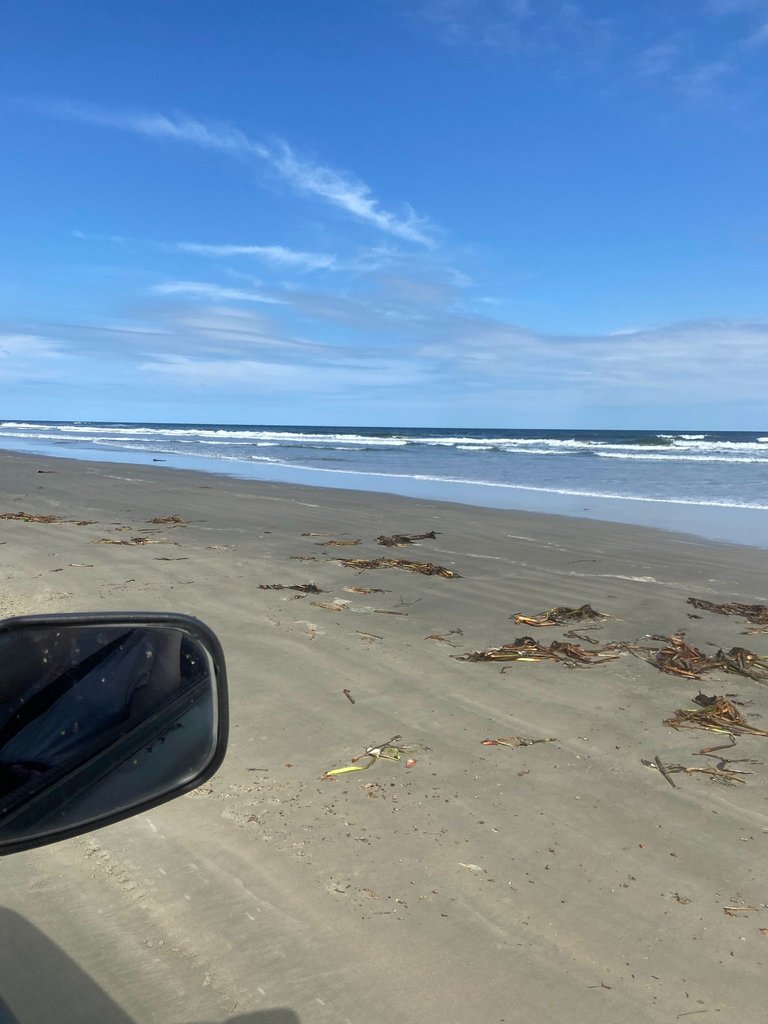
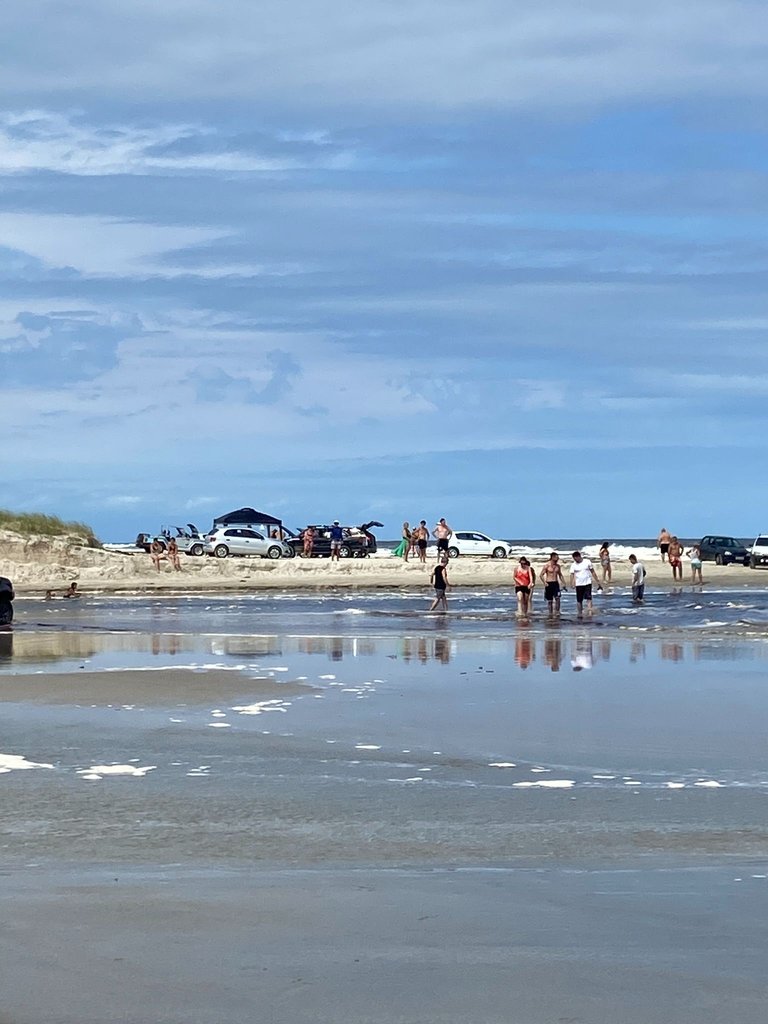
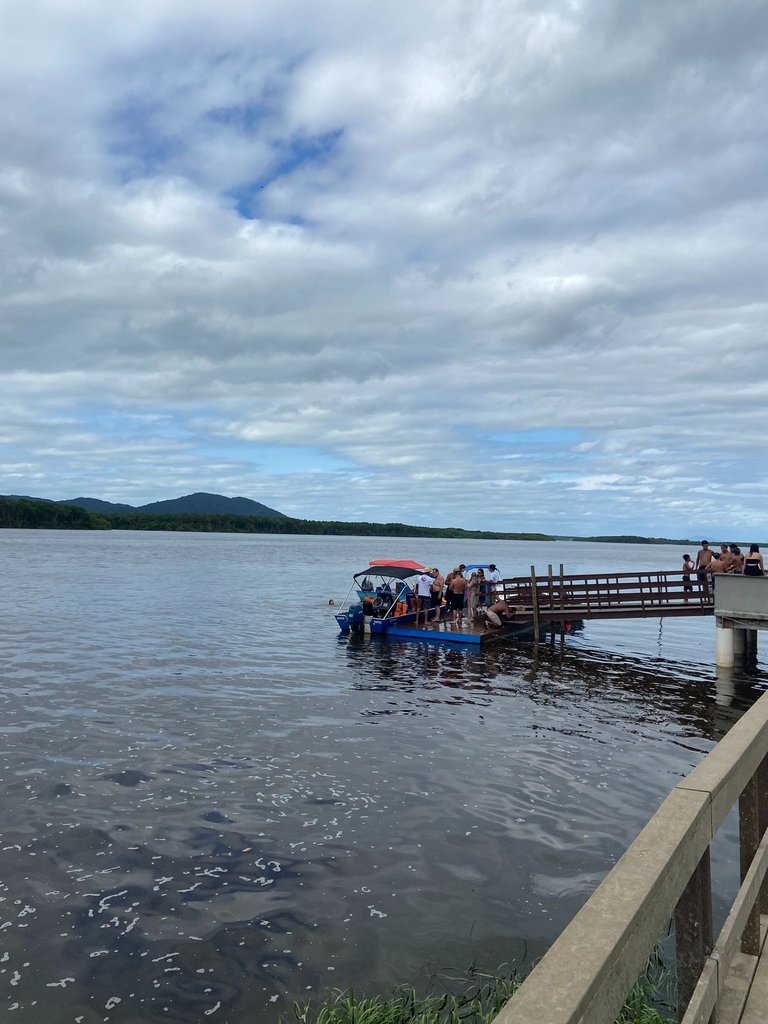
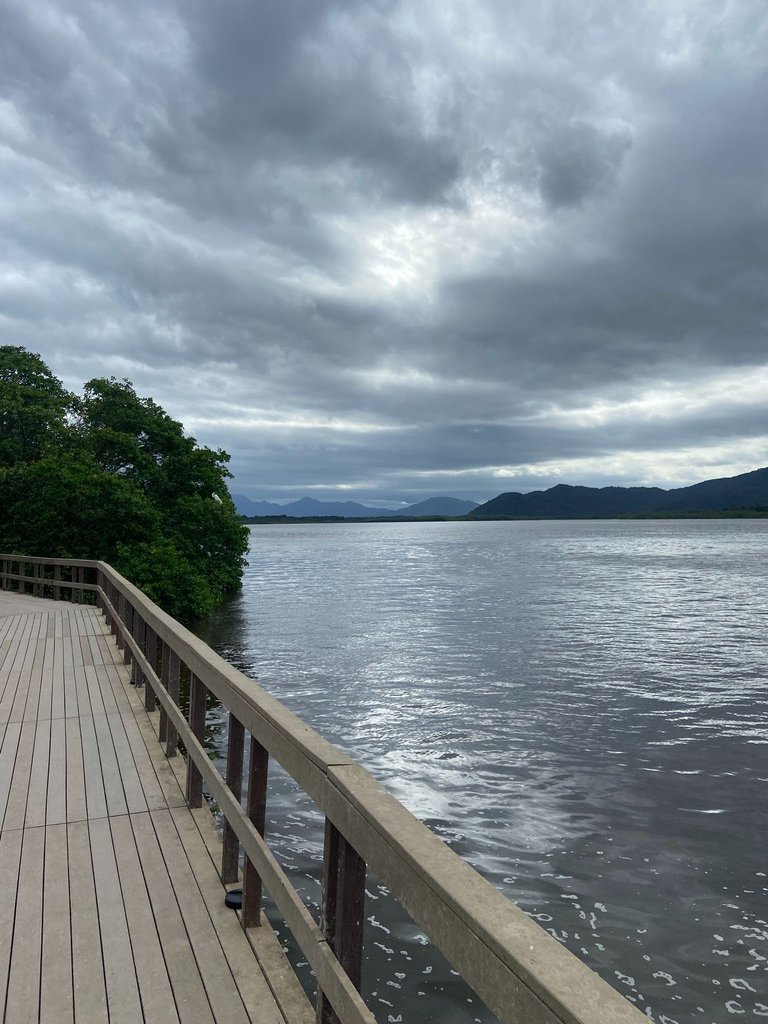
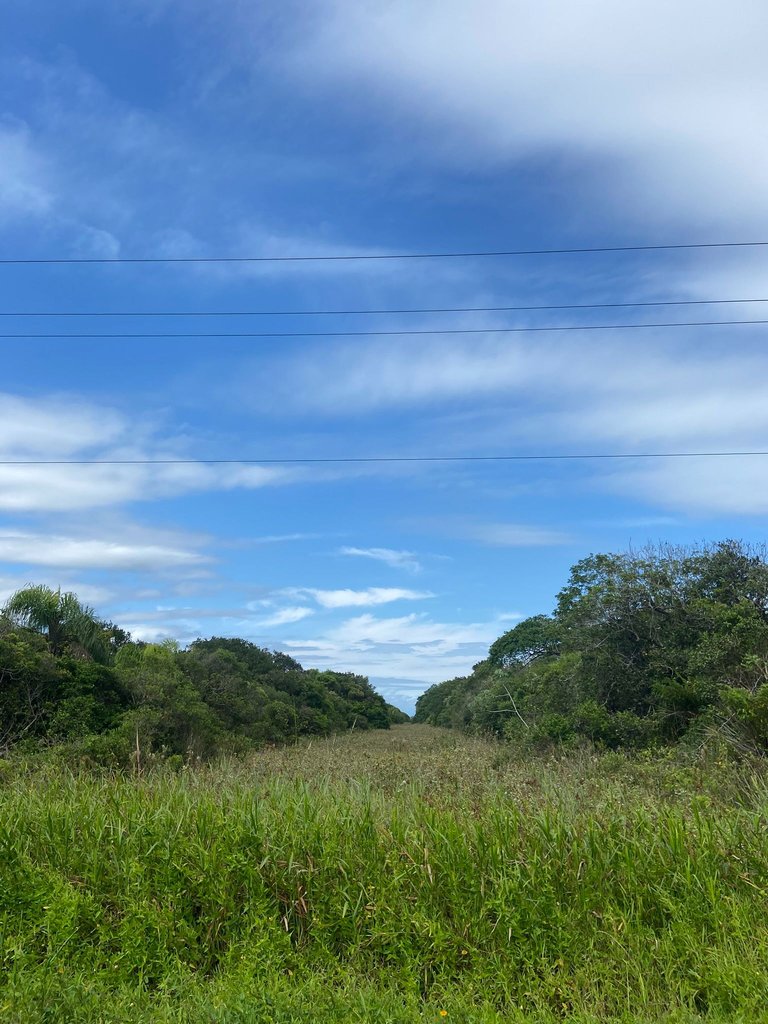
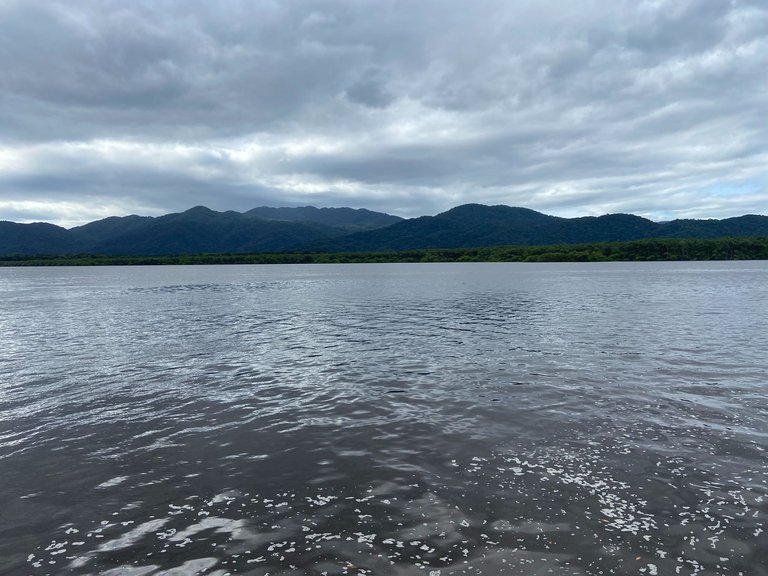
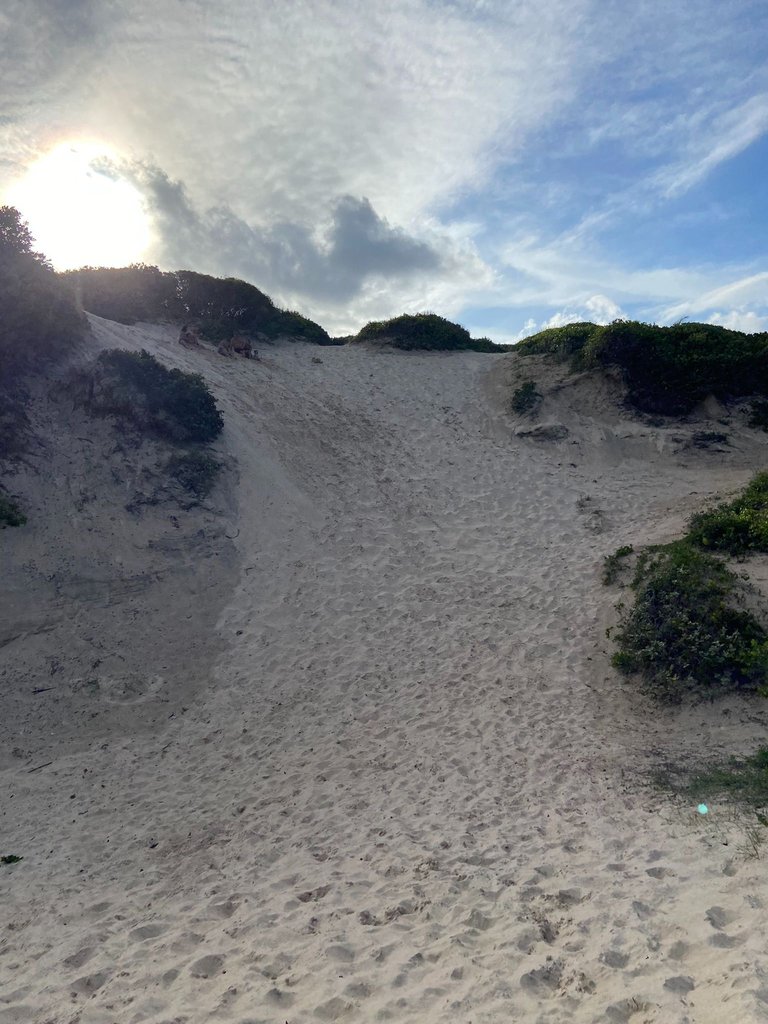
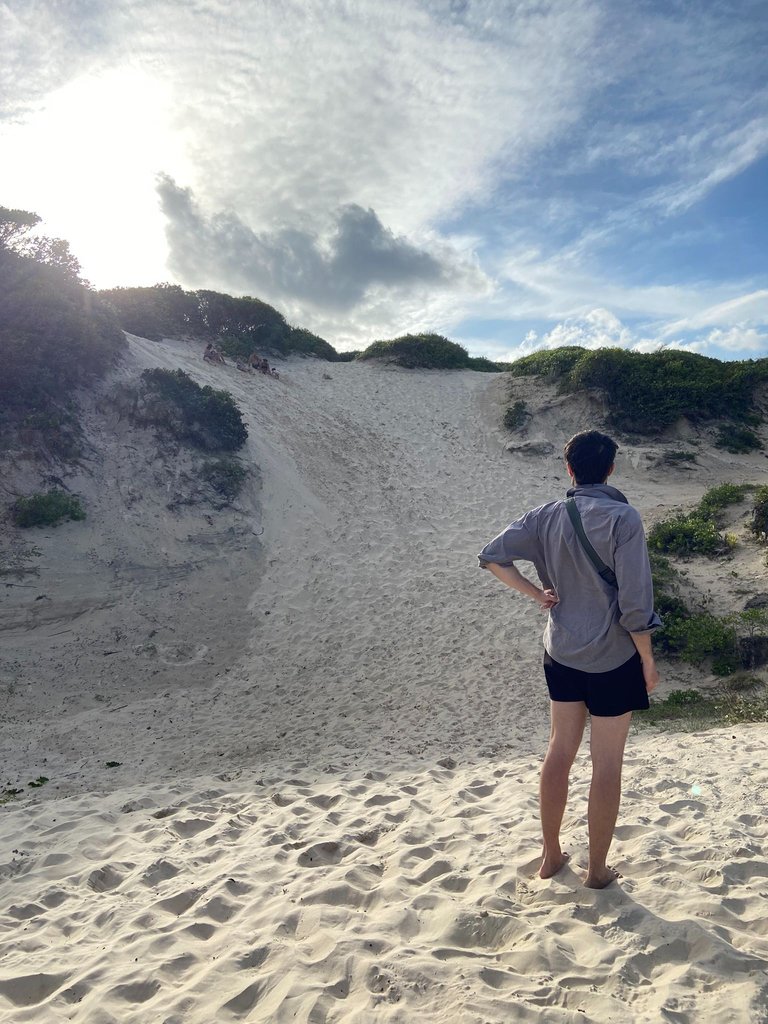
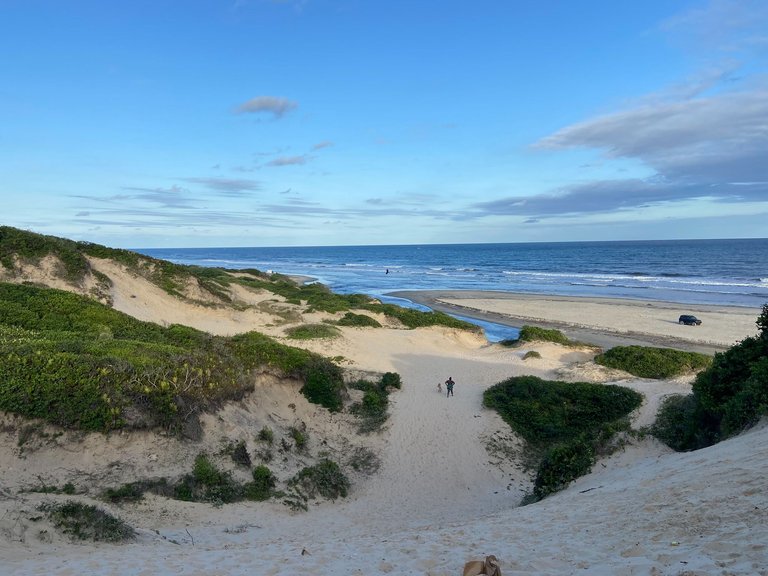
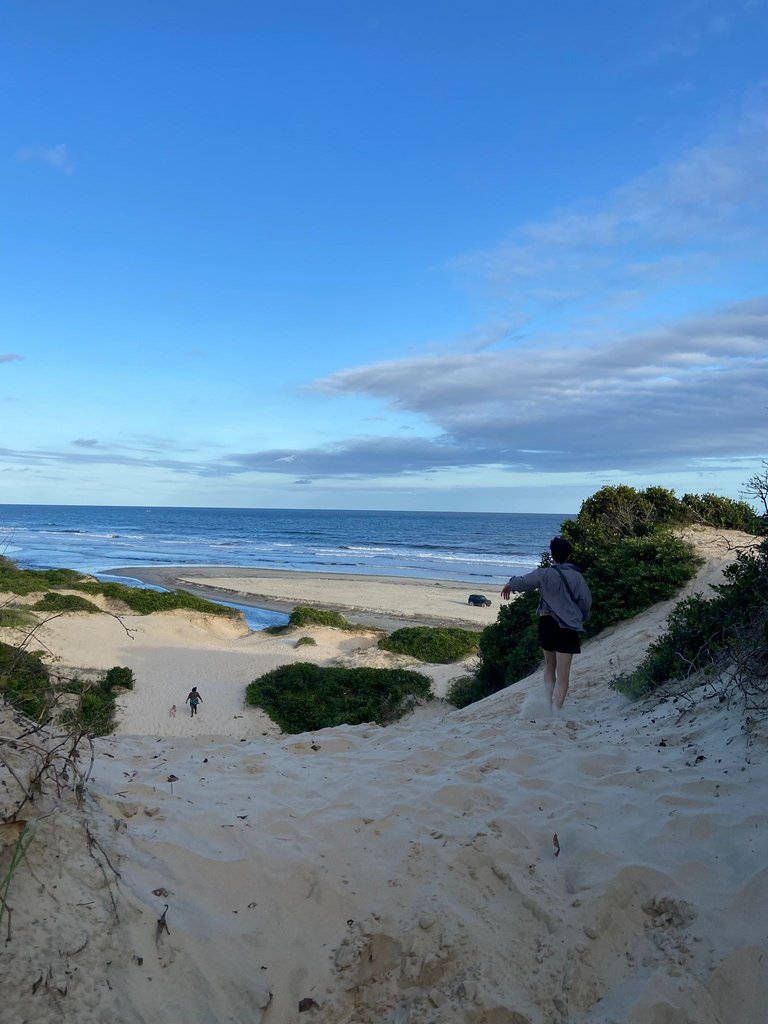
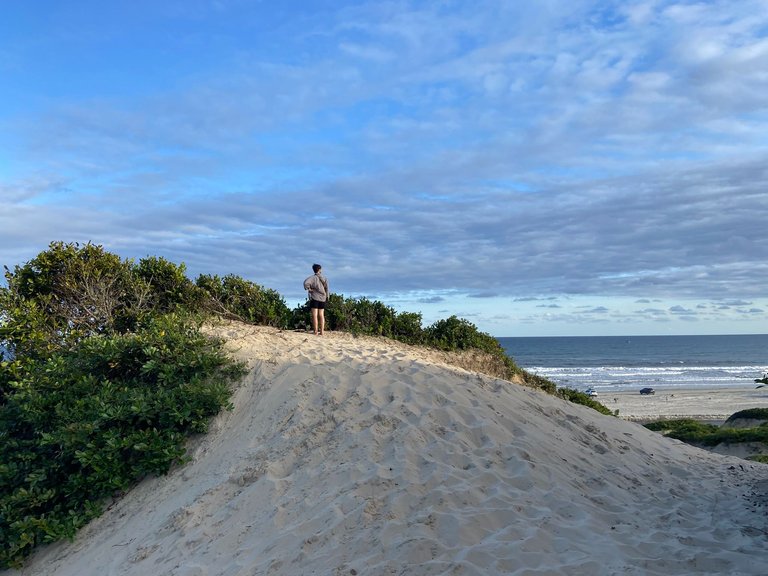
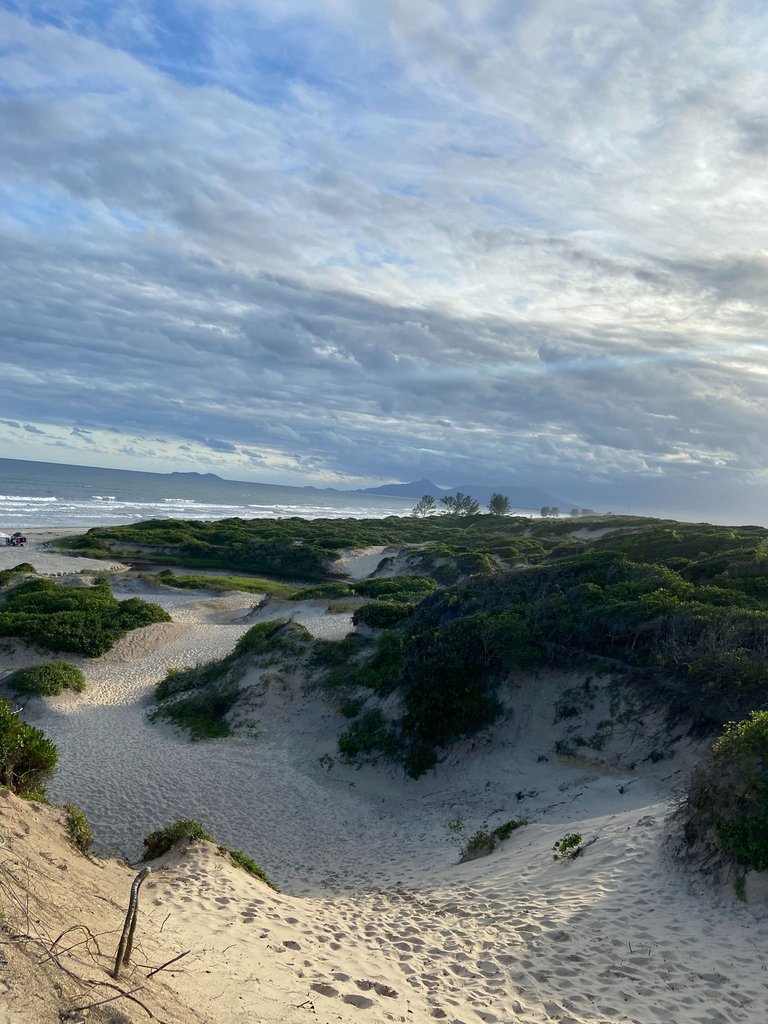
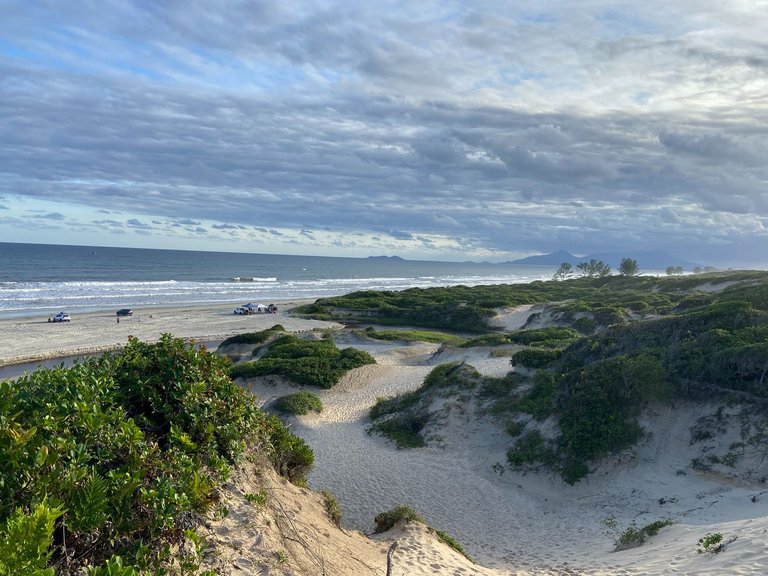
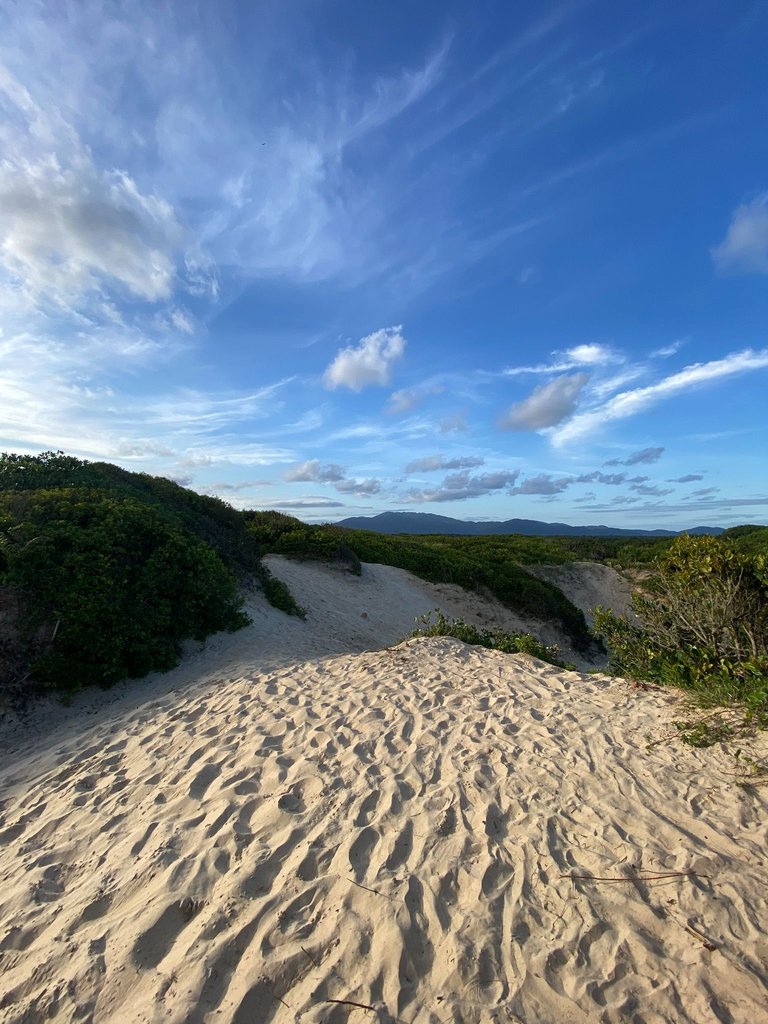
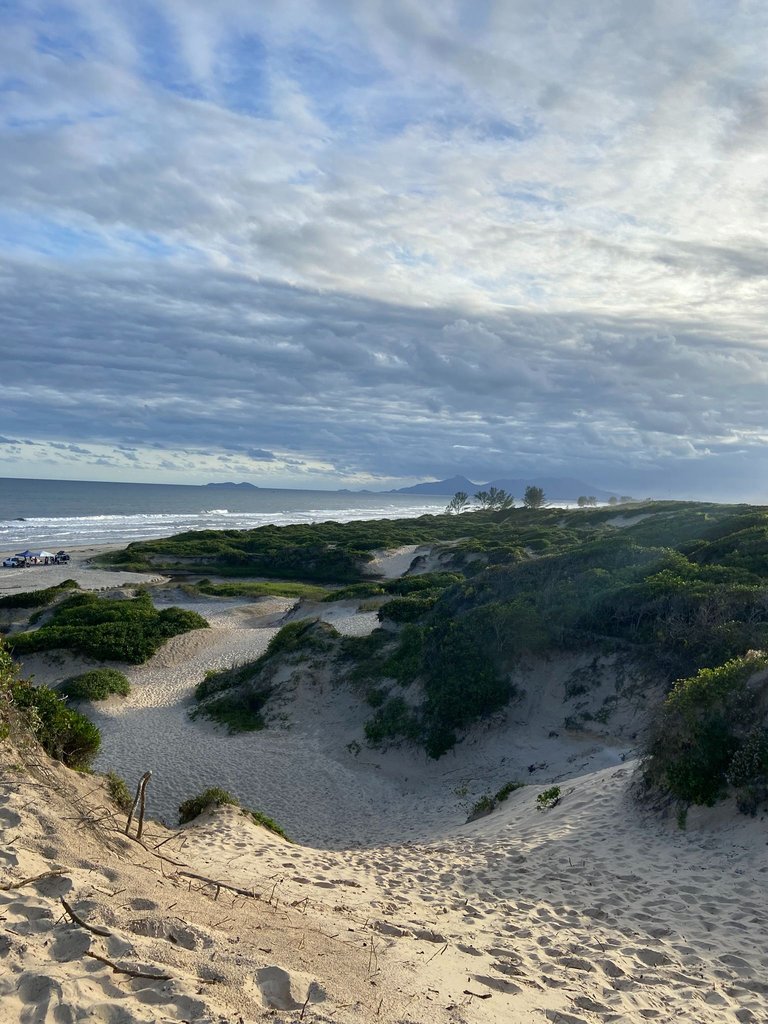
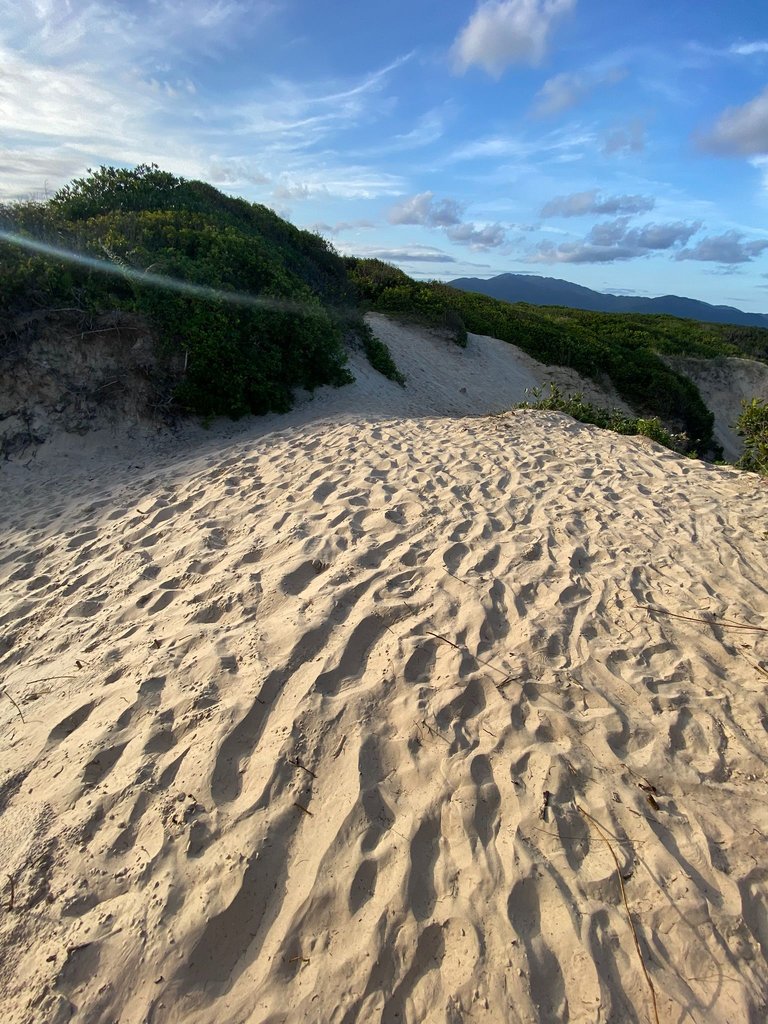
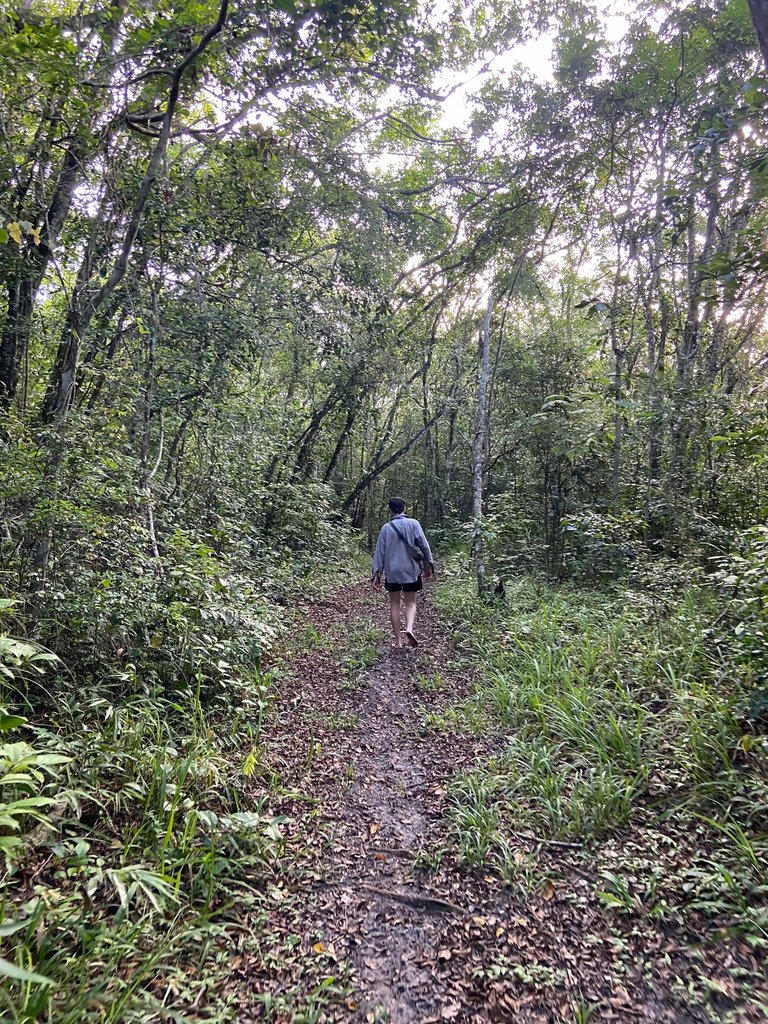
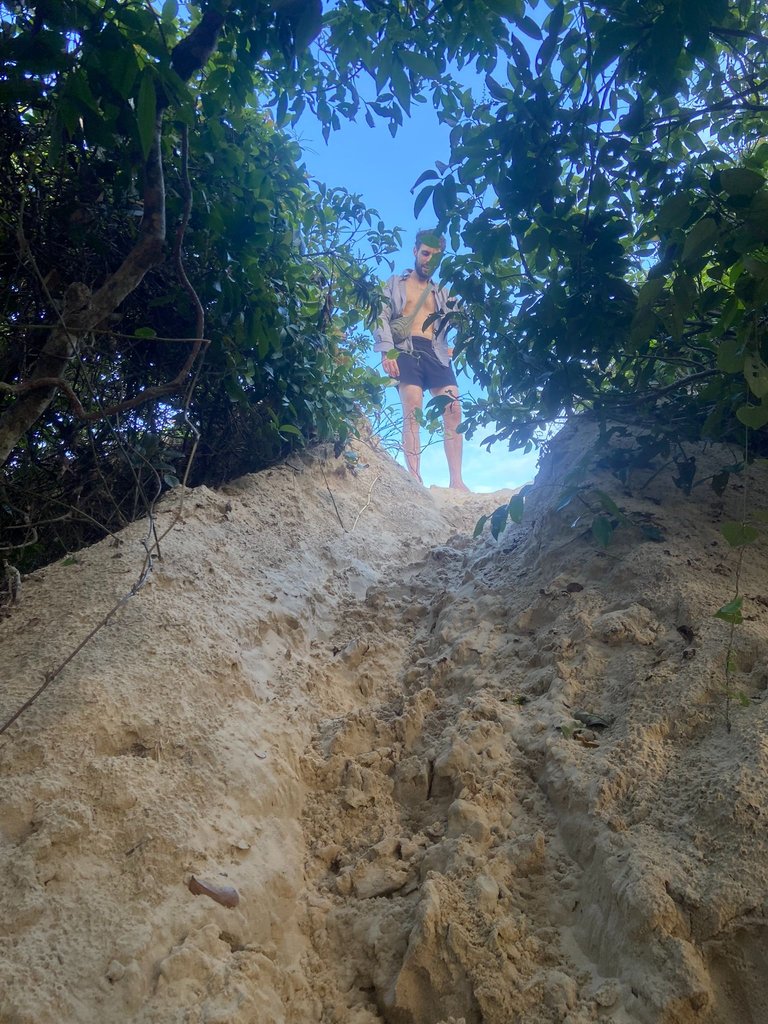
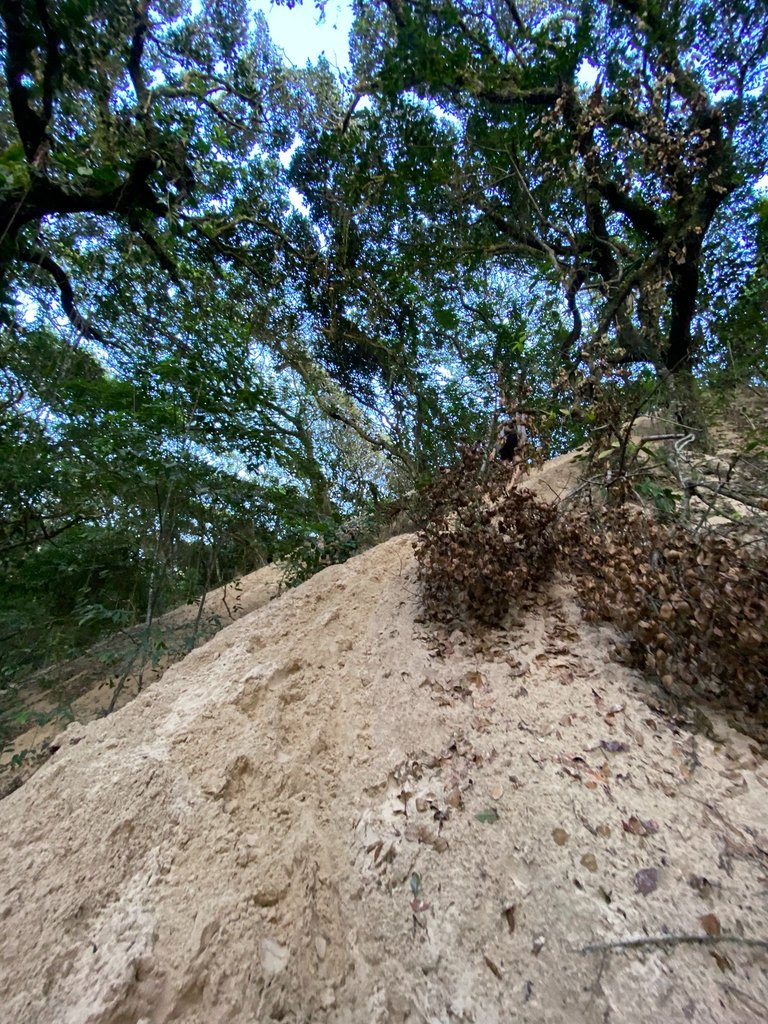
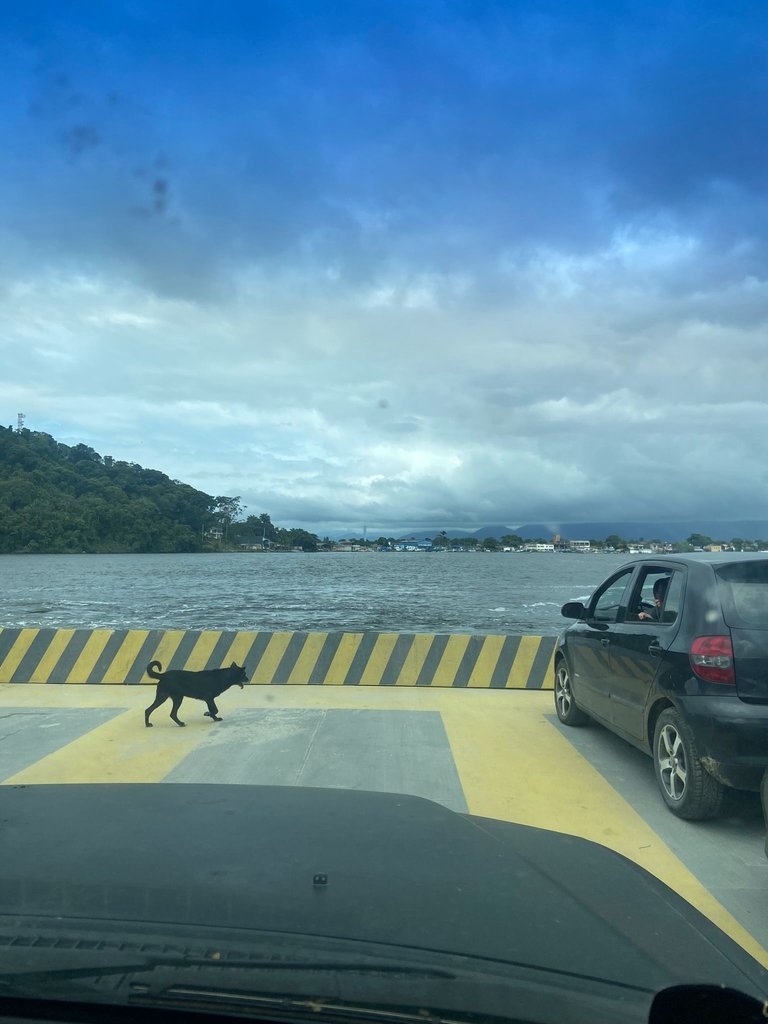
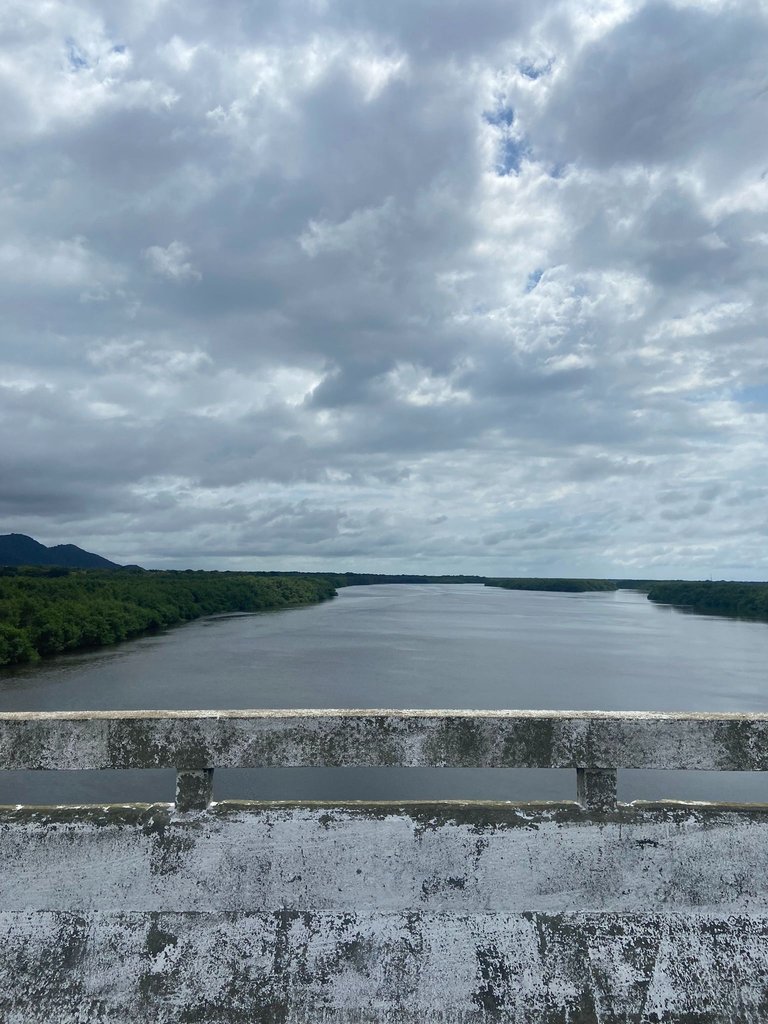
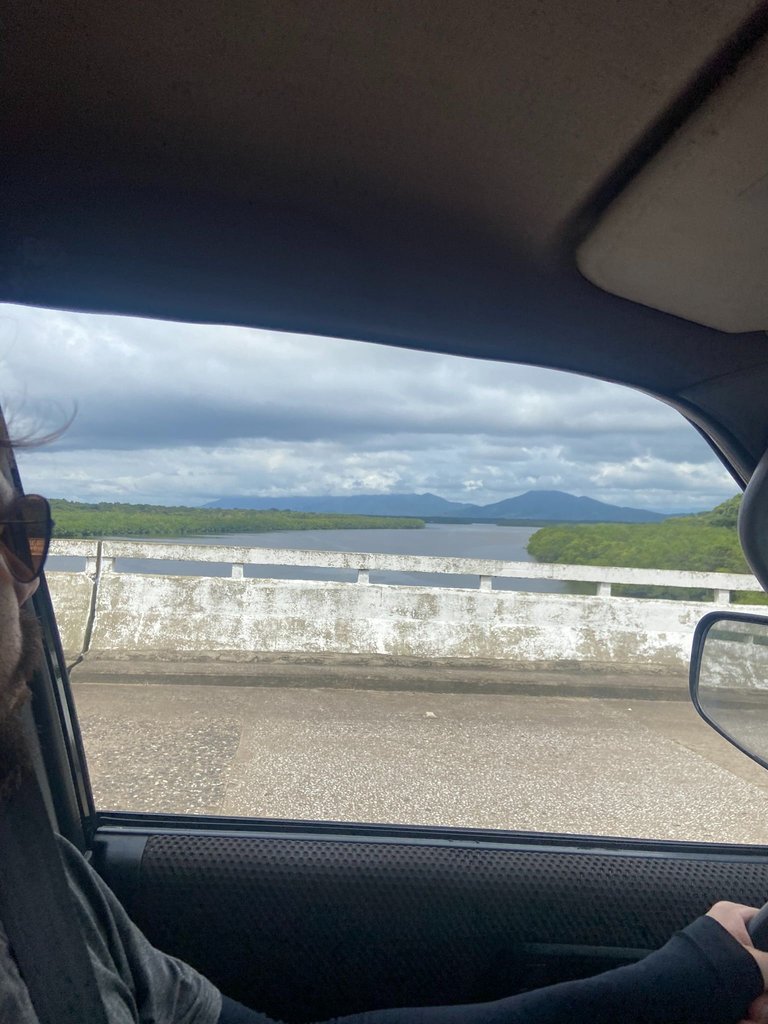
You can check out this post and your own profile on the map. Be part of the Worldmappin Community and join our Discord Channel to get in touch with other travelers, ask questions or just be updated on our latest features.
Bzzt! Que incrível esse Boqueirão Sul! Estou morrendo de saudade desse lugar surreal e deserto do litoral de SP! #hivebr
AI generated content
This sea view is absolutely amazing, my friend.
I totally agree with you!
The small village is actually very nice. The last part of the trip was great. This small village in the middle of nature had everything to make the trip not difficult. In fact, it is good to take everything you need for the trip with you.
The moment of the trip was really great, I had a new experience in this village. When you get into any situation, after overcoming all those situations, that situation becomes an experience. People do not have any experience, automatic experience is created by the situation.
People who love to travel constantly create new experiences. The travel place is very beautiful. Best wishes
Thank you! It’s amazing how travel can transform situations into memories and lessons.
Hiya, @ybanezkim26 here, just swinging by to let you know that this post made it into our Honorable Mentions in Travel Digest #2443.
Your post has been manually curated by the @worldmappin team. If you like what we're doing, please drop by to check out all the rest of today's great posts and consider supporting other authors like yourself and us so we can keep the project going!
Become part of our travel community: